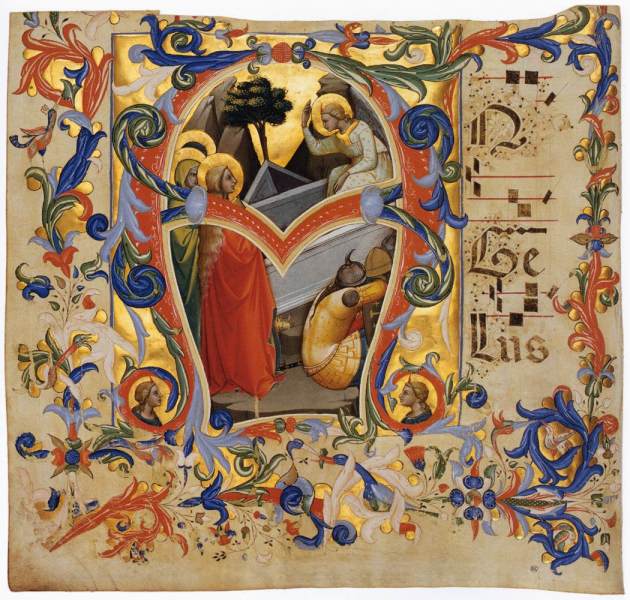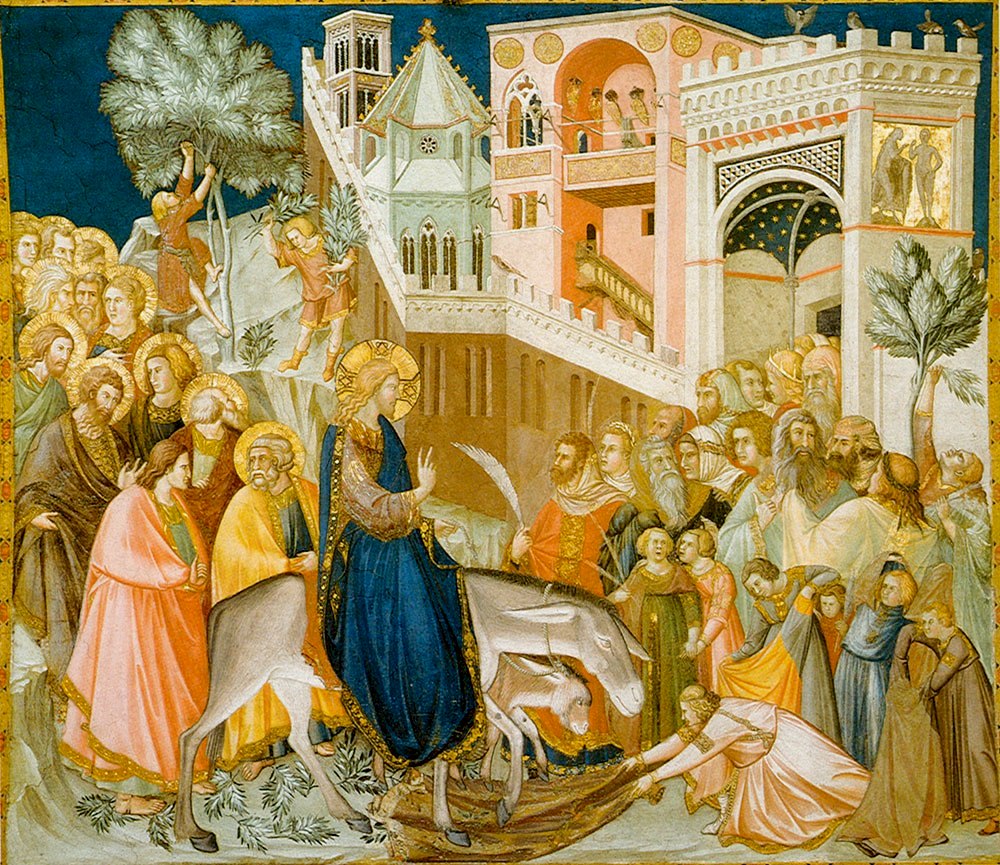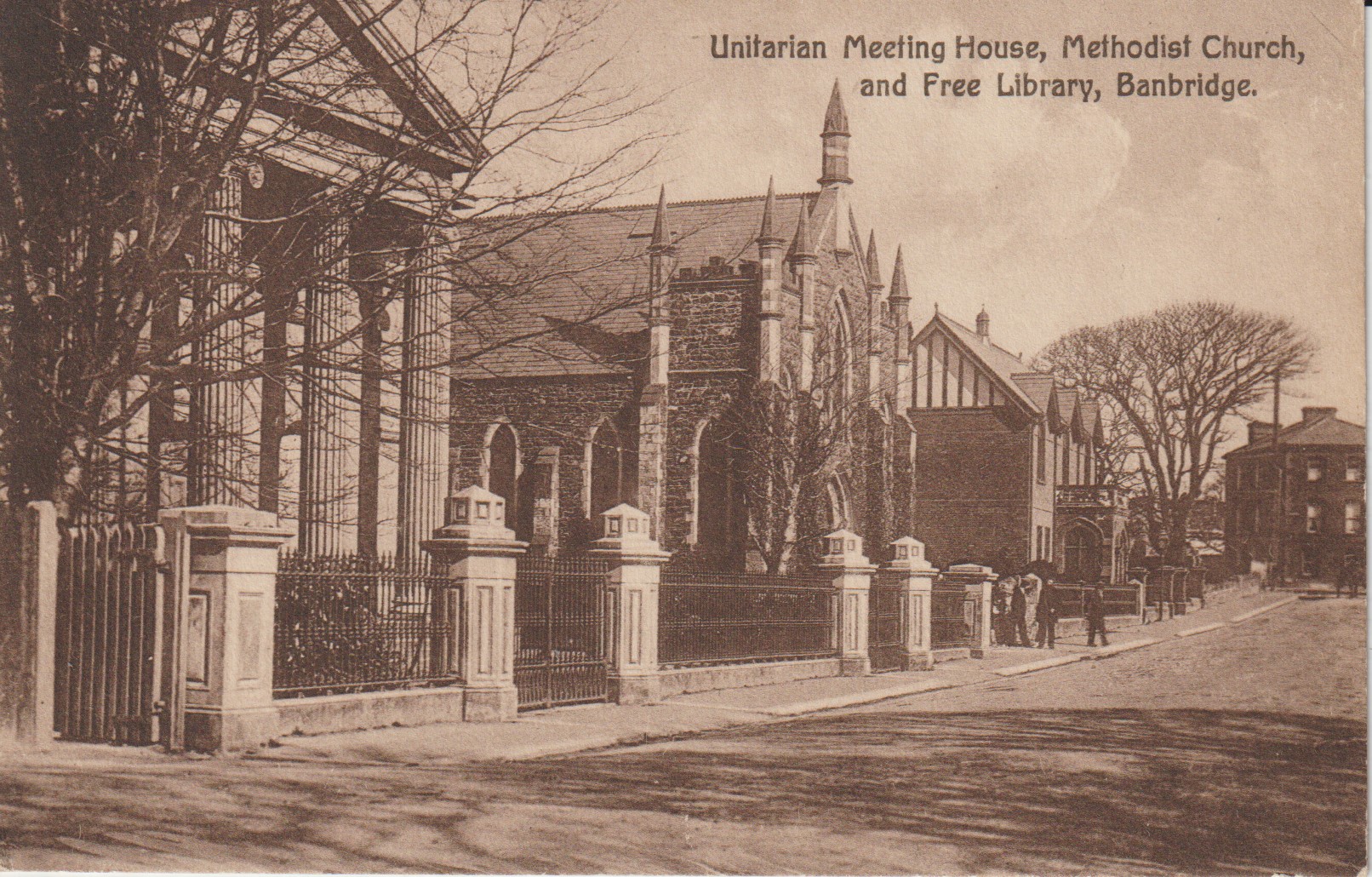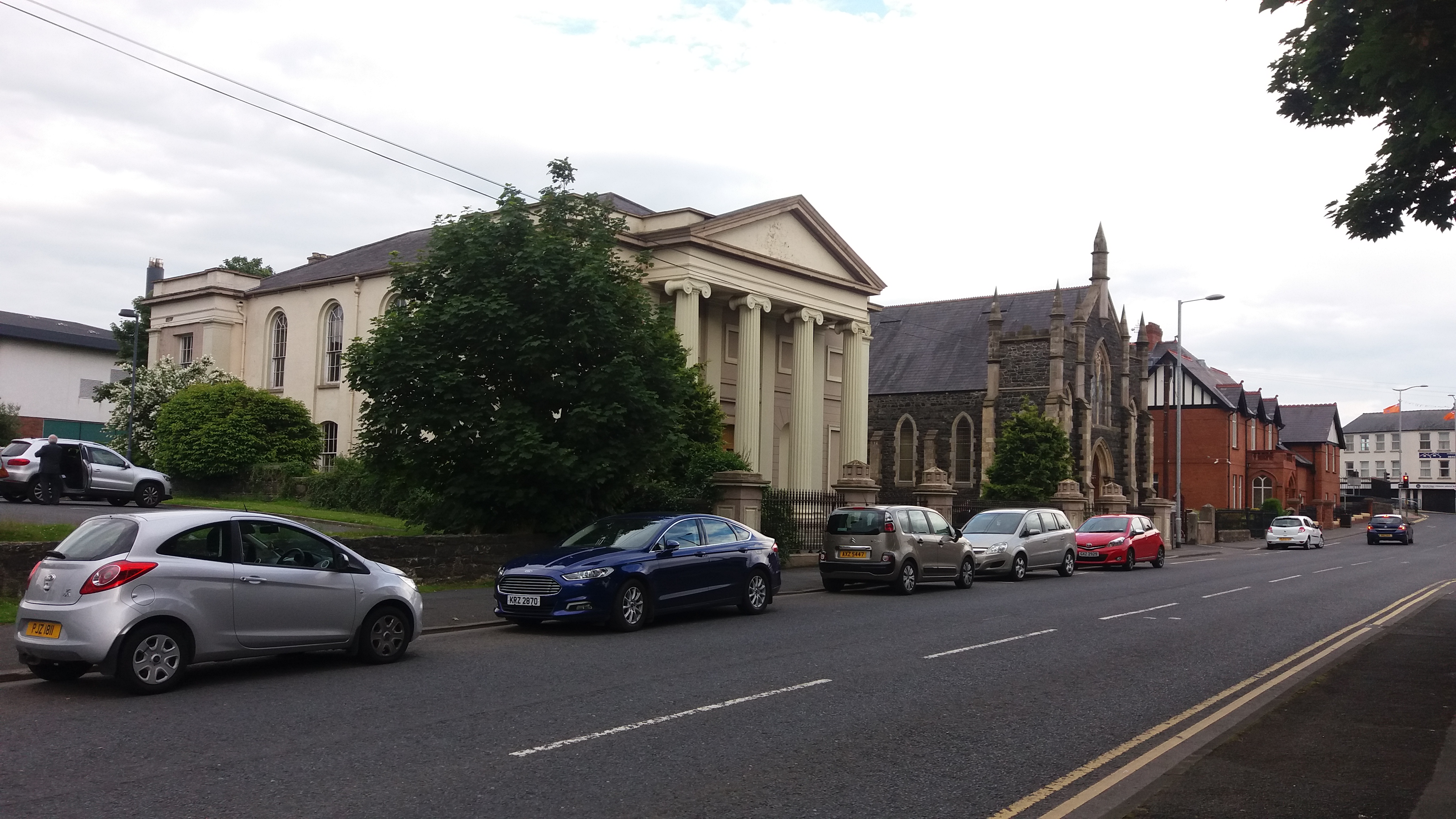The centenary of the battle of the Somme gives us an opportunity to reflect on its impact in the context of our churches and our denomination.
The battle of the Somme began at 7.30 am on 1st July 1916. The German lines were subjected to a sustained bombardment for days in advance.
Lieut. Col. G. Bull the Commanding officer of the 12th Battalion Royal Irish Rifles described it like this:
The bombardment, which had lasted seven days without ceasing reached its climax at 6-25 a.m. on the morning of the 1st July, and from 6-25 a.m. until 7-30 a.m. the German trenches were treated to a perfect hurricane of shells.
But although this was intended to destroy the enemy and break up their lines it did not have that effect and meant that thousands of troops, when they went over the top, stood little chance.
Private William Roberts of the 18th Durham Light Infantry kept his own diary, and of the day the battle of the Somme began recorded:
Opened a violent bombardment on the German lines. 7am a village blown up by our mine and 7.30am advance started. We were the 4th Battalion to go over, which we did about an hour later.
The short but terrible rush through the fierce curtain fire with men falling on all sides I shall never forget. High explosive shells fell all round us. The sights I saw are too terrible to write about and men almost blown to pieces were lying side by side.
Unable to proceed further, the order to retire was given and I thanked God that I came through the terrible ordeal unhurt.
I went to work in our front line at night but had to come away as it was almost blown to pieces.
There again I saw dead and wounded lying side by side. Some were moaning and others had so far lost their reason that they were laughing and singing.
Of the members of our three churches of Downpatrick, Ballee and Clough at least seven were killed in the First World War from amongst the many who joined up. Three of them were killed in 1916 two of them at the battle of the Somme – including a member of Downpatrick, Rifleman John Hayes of the First Battalion of the Royal Irish Rifles, who was killed on 31st October 1916, and Rifleman Robert Kirkpatrick, a member of Clough, and of the 13th Battalion Royal Irish Rifles who was killed on 1st July, 1916, the first day of the battle of the Somme. Both young men are commemorated on the Thiepval Memorial, the memorial to the 72,195 British and South African soldiers who were killed at the battle of the Somme and have no known grave.

Memorial, Clough NSP Church
Without doubt the battle of the Somme was one of the most bloody in the history of the British army. There were 57,470 casualties on the first day alone and 19,240 soldiers were killed on that day.
One of those killed on the first day was a member of Clough but a glance at the Non-Subscribing Presbyterian magazine for August 1916 shows four obituaries all relating to members of the denomination who were serving in France and who were killed on the first day of the battle of the Somme.
These were:
Captain W. Haughton Smyth of the 13th Royal Irish Rifles, a member of Banbridge, who was killed on 1st July.
Captain J.S. Davidson, a director of the Sirocco Works in Belfast, one of the largest engineering works in Ireland and a business set up in 1881 by his father to produce machinery for the tea industry. A member of a prominent Non-Subscribing family connected with Holywood who was killed at the start of the battle.
Lieutenant J. Dermot Neill, from Holywood, who had been commissioned into the 13th Royal Irish Rifles and subsequently transferred to the Machine Gun Corps who was killed on 1st July.
Private Joseph Harper, from Templepatrick, a member of the 11th Battalion the Royal Irish Rifles [according to the published obituary and the Commonwealth War Graves Commission, although the Templepatrick church memorial has 18th Battalion] who was also killed on the first day of the Somme.
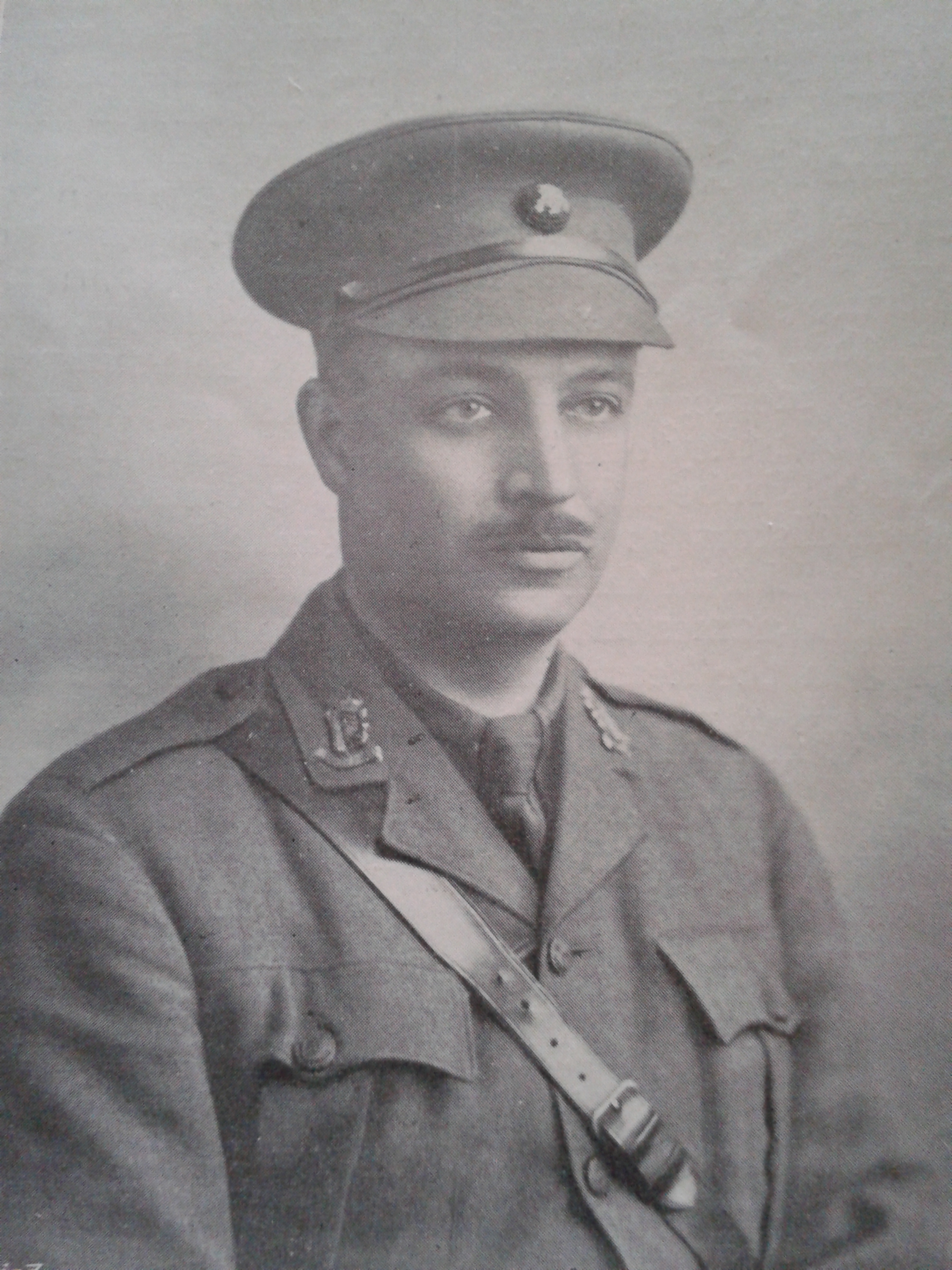
Captain W. Haughton Smyth
And these are only the ones who have published obituaries in the Non-Subscribing Presbyterian magazine, there will have been many more. This just shows the enormous impact of the battle of the Somme on the whole country, on big towns and cities, and rural hamlets and villages, on industries and agriculture and communities and streets and families.
In the whole of the War there are only 16 obituaries in the magazine. Of these 16 obituaries 14 are of officers and most include a photograph of the deceased. Of this total of 16 obituaries four of them appear in the August 1916 issue, being of soldiers killed on the first day of the battle of the Somme. Generally the only people to have written obituaries in the magazine were officers so Private Harper was an exception. But if you look at the memorial in Templepatrick church you see on the list of those who were killed in the war right next to Joseph Harper the name of Private James Harper of the 12th Battalion Royal Irish Rifles [the Commonwealth War Graves Commission gives 15th Battalion – another difference with the memorial], presumably Joseph’s brother, who was also killed on the first day of the Somme.

War Memorial Old Presbyterian Church, Templepatrick
In the Non-Subscribing Presbyterian magazine there are also three additional brief notices, one of them is for one of the sons of the Rev Alexander Gordon, one is a mention of a death in a Rademon ‘News of the Churches’ report. But the third of these three brief notices is one of another soldier killed on 1st July 1916 listed as Private John White, Royal Irish Rifles (Holywood Volunteers) a member of Holywood. Another member of the 13th Battalion he was 24 years old and is buried in the Suzanne Military Cemetery nearby.

So out of a total of only 19 obituary notices in the magazine five of them – more than a quarter – relate to soldiers killed on the first day of the battle of the Somme alone, and these will by no means be the full list of those killed at that battle.
A record of the all engagements were kept by the battalion commanders throughout the war. The first day of the battle of the Somme is recorded as a day of confusion and slaughter. The death of Captain W. Haughton Smyth is noted in the report of the day by Colonel William Savage as:
No 9 Platoon came on under the command of Capt W.H. SMYTH, who was killed almost immediately. They were the carrying platoon and some of them reached the first line with material, which after dumping there or carrying to second line was not required, as all the time was spent consolidating, holding the line & helping the fighting platoons.
Captain J.S. Davidson’s participation in the battle of the Somme is similarly recounted in the war diary of 13th Battalion Royal Irish Rifles. William Savage, the Colonel commanding the battalion records that:
Very little, almost no information, was sent in, this was due in the first place to most of the officers becoming casualties, and the difficulty of getting men across the fire swept zone of NO MANS LAND.
Signalling wires had previously been laid out by the Signalling Officer of the 17th but all attempts by the signallers to take a line forward were useless. I had 10 signallers killed and wounded. I append a list of the officer casualties by Companies 2/Lieut Fullerton of D Coy is the only officer who went over who has come back unwounded & has very little information to give about his Company.
He goes on to say that Captain Davidson and his company were sent out at 8.06 am. Eventually news came back that they had got so far but could not possibly advance any further and asked for reinforcements and additional ammunition. But it was impossible to get men or supplies out to them. Later at 12.40 pm they heard back from Captain Davidson:
A message from Capt Davidson 108th M.G.C. arrived “I am holding the end of a communication trench in A line with a few bombers & a Lewis Gun. We cannot hold much longer. We are being pressed on all sides and ammunition almost finished.”
But the situation continued to be confused, reinforcements could not be got out to him and the Germans were counter-attacking. At 3.20 pm a rifleman found his way back:
and reported that Capt Davidson had been wounded in the knee & while he & another man were carrying him out, he was shot dead between them.
The obituary of J.S Davidson in the Non-Subscribing Presbyterian recorded that
with the outbreak of war he felt that his country had need of him, and gave up peaceful pursuits for military practice. As in business, so likewise in his military duties, he gave of his best. Taking nothing for granted, but making himself familiar with every detail of his duty, his work was characterised by extreme conscientiousness and thoroughness.

Captain J.S. Davidson
But all the obituaries of those killed on the first day of the Somme express their patriotic motives and the sense of the rightness of the call that led the men to join up. Of Captain William Haughton Smyth the Rev J. Glynn Davies of Banbridge said he
had lost his life in a sacred cause, but he has lost it only to find it nobler and brighter than ever before. His body lies in the cold earth, but that which is greater than all matter, that which cannot be crushed or shattered by German explosive shell or pierced by German steel remains – the soul has gone to its God who gave it.
But sentiments like this must have been expressed all across the country as they coped with the terrible slaughter of so many young men. Of Lieutenant J. Dermot Neill, who is commemorated by a memorial along with his brother on the wall of our Holywood church, as well as on the memorial at Queen’s University, the unsigned obituary says:
Lieutenant Neill was one of those brave Ulstermen who, not on any rash impulse, but after cool deliberation of all the sacrifices and dangers involved, freely and cheerfully offered his services to his country.
He goes on to quote the minister:
Lieutenant Neill’s response to the call of duty – a call which, from the world’s point of view, had little promise to offer – but, on the other hand, much of danger, of privation, of hardship, and to face suffering and death. But he nobly gave his services to his King and country, and for that noble ideal that is sending Britons to war upon war, that in the peace which shall follow their glorious self-sacrifice, the nations of the earth, both great and small, may be free to follow the pursuit of industry and peace.

Lieutenant J. Dermot Neill
The obituary of Private Joseph Harper is very poignant and is written by someone who knew that his brother was serving somewhere near him yet who did not know that his brother had been killed on the same day:
Joseph was nineteen years of age, and enlisted into the Army eight months ago. Comrades have written home to say that they saw him fall: that he fell in a great charge, when the 11th battalion earned for itself undying fame, and when many another brave boy gave all that he had to give for his King and Country. He fell as a brave boy would fall, with his face to the foe. An uneventful life had been his. He came out of a small cottage on the roadside in our parish, and had been mainly concerned with the duties that belong to the work on a farm. But he had a great heart in him, and when he left his home to go France, he left with a happy smile on his face, and with a spirit of hope and cheer and fearlessness in his heart. He has answered the roll-call in a better world than this. He was a member of our church, and occupied his place on our Roll of Honour. We express our deep sympathy with his widowed mother, his brothers (one of whom is fighting not far from where Joseph fell) and his sisters in their great loss.
But both Joseph and James were serving with the Royal Irish Rifles in different battalions and in fact both were killed on 1st July 1916 and the names of both are preserved on the Thiepval memorial.
But just this small sample from within our own household of faith is a reminder of the terrible impact of the battle of the Somme on so many people. So many families were left bereaved with fathers, sons, and brothers killed in the battle.
Everyone will perhaps have their own loved ones who they might remember as having served in the First World War, perhaps at the Somme. My own grandfather served throughout the First World War and was there present at the Somme. But we all have our own memories and ways of remembering.
In what I have said here I have looked briefly at a few men from our household of faith. There is much more that could have been said. I could talk about the impact at home on families, of the economic results of the war and of the effect on society that resonated across the last hundred years. But at the heart of any act of marking this terrible event of one hundred years ago should be remembrance, and today we make our small act of remembrance.
Do you remember that hour of din before the attack–
And the anger, the blind compassion that seized and shook you then
As you peered at the doomed and haggard faces of your men?
Do you remember the stretcher-cases lurching back
With dying eyes and lolling heads–those ashen-grey
Masks of the lads who once were keen and kind and gay?
Have you forgotten yet?…
Look up, and swear by the green of the spring that you’ll never forget.
(from ‘Aftermath’, Siegfried Sassoon)
From an address given at a joint service of Ballee, Downpatrick and Clough churches at
Ballee Non-Subscribing Presbyterian Church on Sunday, 3rd July 2016




